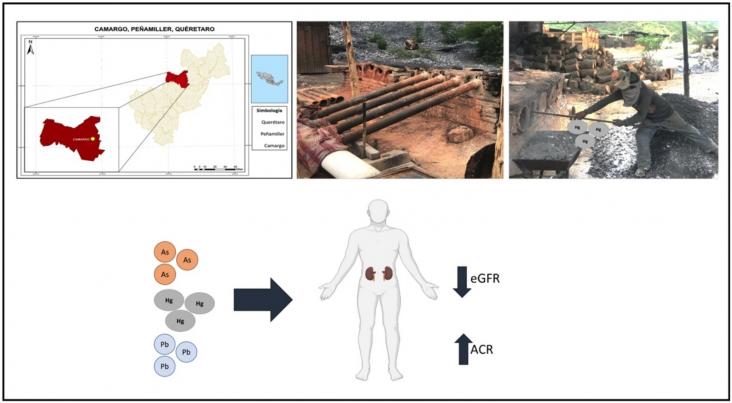Neurobiology of Brain Disorders (Second Edition)
Biological Basis of Neurological and Psychiatric Disorders
2023, Pages 233-251
Neurobiology of Brain Disorders (Second Edition)
Biological Basis of Neurological and Psychiatric Disorders
2023, Pages 275-292
Pandemic Risk, Response, and Resilience: COVID-19 Responses in Cities Around the World, 2022, Pages 207-217
Pandemic Risk, Response, and Resilience, COVID-19 Responses in Cities Around the World, 2022, Pages 3-12
Neurobiology of Brain Disorders (Second Edition): Biological Basis of Neurological and Psychiatric Disorders, 2022, Pages 1009-1023
This chapter aligns with UN SDG 6 (Clean water and sanitation), SDG 10 (Reduced inequalities) and SDG 15 (Life on land) describing the historical and ethnographic description of the Krenak, the indigenous people who inhabit the left margins of the Rio Doce river and the conflicts they have experienced in their territory over the years and how the Rio Doce mining disaster impacted their lives.

Kaufman's Clinical Neurology for Psychiatrists (Ninth)
Major Problems in Neurology
2023, Pages 295-324
